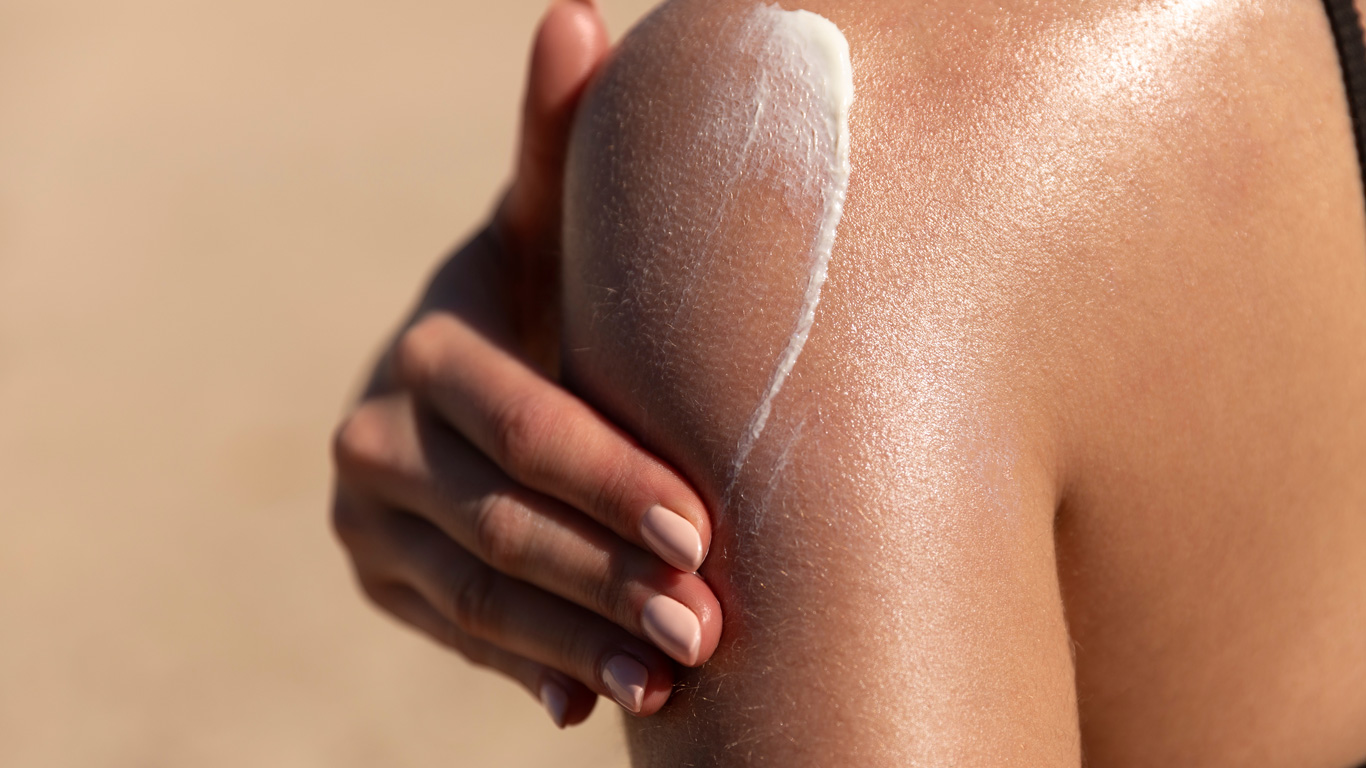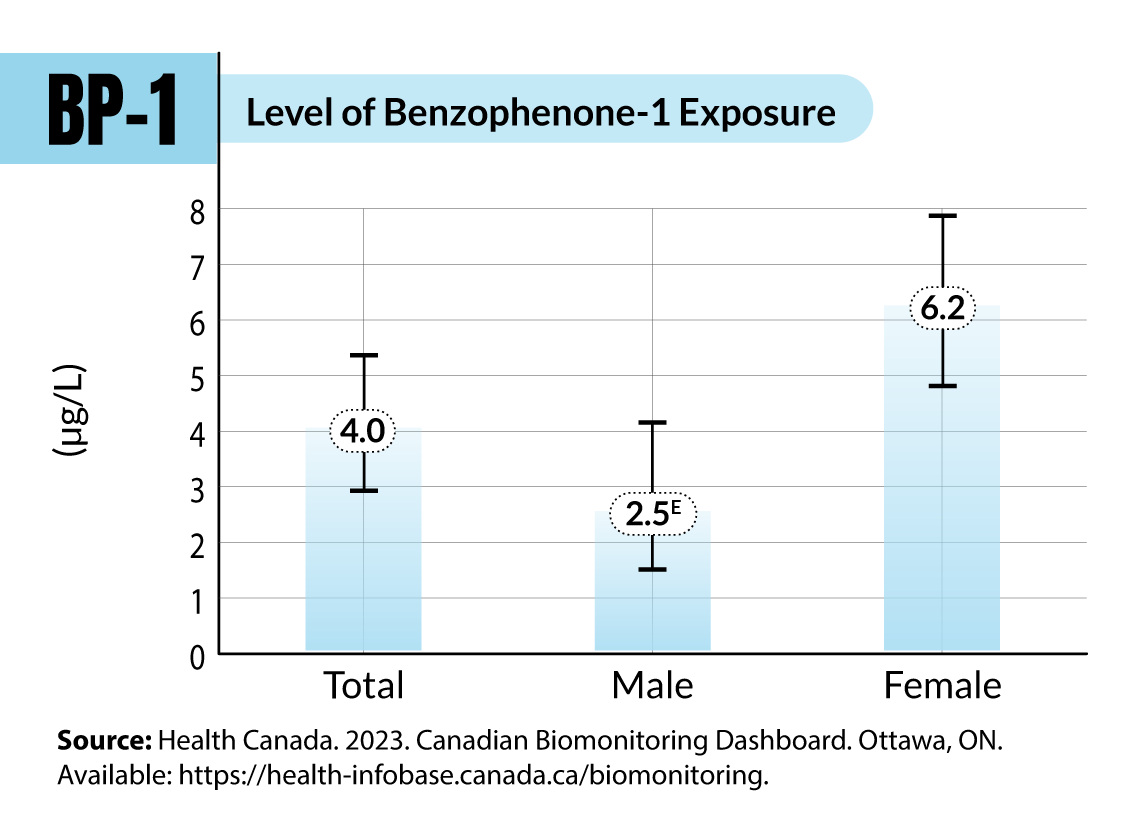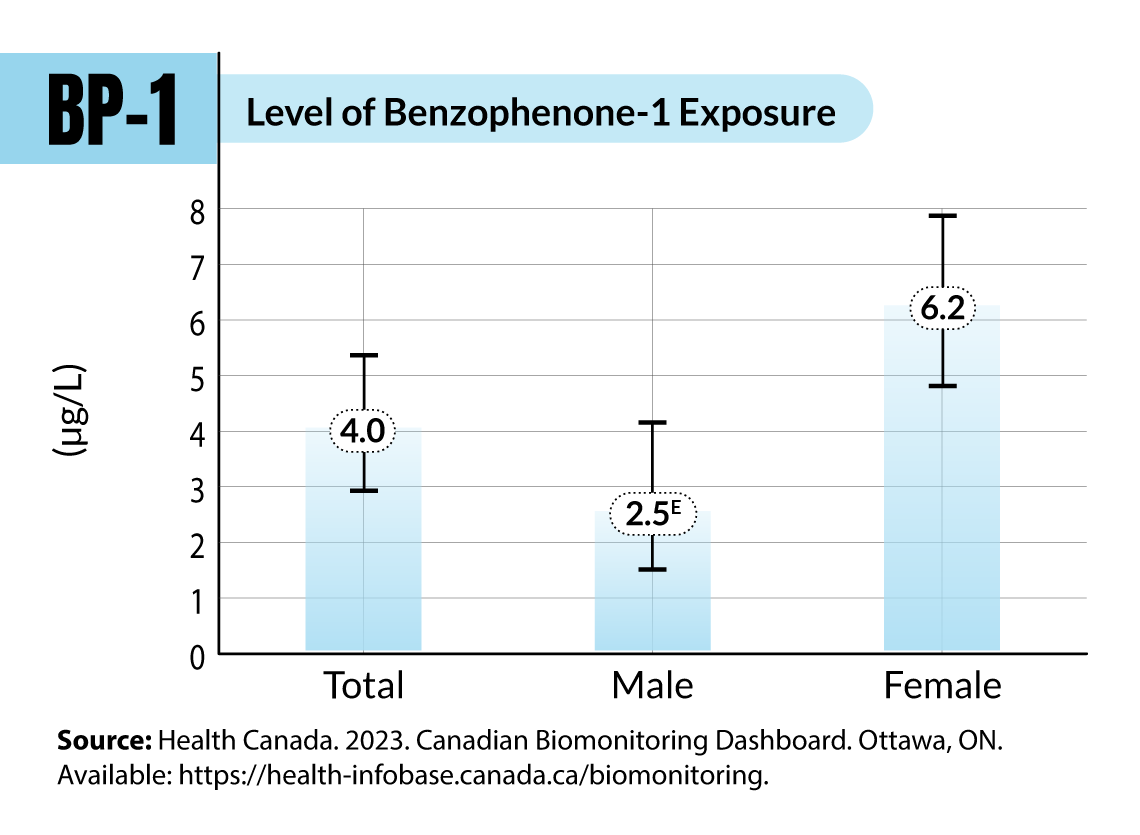
Summer may be on its way out, but even in the fall we still have to be careful in the sun! As Canadians spend time outdoors, reaching for sunscreen is necessary to protect your skin from harmful ultraviolet (UV) rays and to protect against skin cancer. But many are asking: what’s in sunscreen?
Enter UV-filtering chemicals—a group of naturally occurring and human-made chemicals that absorb or disperse the sun’s UV rays. Small amounts of these chemicals are found in sunscreens and cosmetic products to protect the skin from UV rays that can cause sunburns and skin cancer.
What’s in sunscreen?
While the exact chemical compounds used to protect against UV radiation vary by brand, all sunscreens in Canada have active ingredients, including UV-filtering compounds. These can be either chemical UV filters, physical UV filters or even both combined, which are used to protect you against harmful UV radiation.
Chemical UV filters are compounds that absorb UV rays and convert them into a small amount of heat that are released from your body, to protect your skin. Some common examples include oxybenzone and octinoxate.
Zinc oxide and titanium dioxide are compounds that you may see in mineral-based sunscreens. They are classified as physical UV filters. These compounds provide protection against UV radiation by scattering and reflecting UV rays.
How much sunscreen and other UV-filtering compounds are Canadians using?
After sunscreen is applied, some of these UV-filtering compounds get absorbed into your body which can be measured in different biological samples, including blood and urine. It is of interest to the Government of Canada to monitor levels of these UV-filtering chemicals among Canadians.
Health Canada recently released the Canadian Biomonitoring Dashboard, an interactive online tool to help Canadians understand their levels of exposure to various environmental chemicals.
This dashboard is powered with biomonitoring data from the Canadian Health Measures Survey (CHMS), led by Statistics Canada in partnership with Health Canada and the Public Health Agency of Canada. The CHMS has been operational since 2007 and has been measuring levels of environmental chemicals in the blood and urine of Canadians.
The dashboard contains data for UV-filtering compounds, such as oxybenzone, benzophenone-1, 4-hydroxybenzophenone and 4-dimethylaminobenzoic acid—all chemical UV filters.
Canadians are commonly in contact with these compounds through application of sunscreen and other products, which are then absorbed through the skin. The levels of exposure in the general Canadian population to these compounds are shown in Figure 1.
Figure 1: Levels of UV-filtering compounds among Canadians, broken down by sex



Description - Level of Benzophenone-1 Exposure
Level of Benzophenone-1 Exposure (µg/L)
| Geometric Mean | Lower CI | Upper CI | |
|---|---|---|---|
| Total | 4.0 | 2.9 | 5.4 |
| Male | 6.5 | 1.5 | 4.2 |
| Female | 6.2 | 4.8 | 7.9 |

Description - Level of Benzophenone-1 Exposure
Level of Benzophenone-1 Exposure (µg/L)
| Geometric Mean | Lower CI | Upper CI | |
|---|---|---|---|
| Total | 4.0 | 2.9 | 5.4 |
| Male | 6.5 | 1.5 | 4.2 |
| Female | 6.2 | 4.8 | 7.9 |
